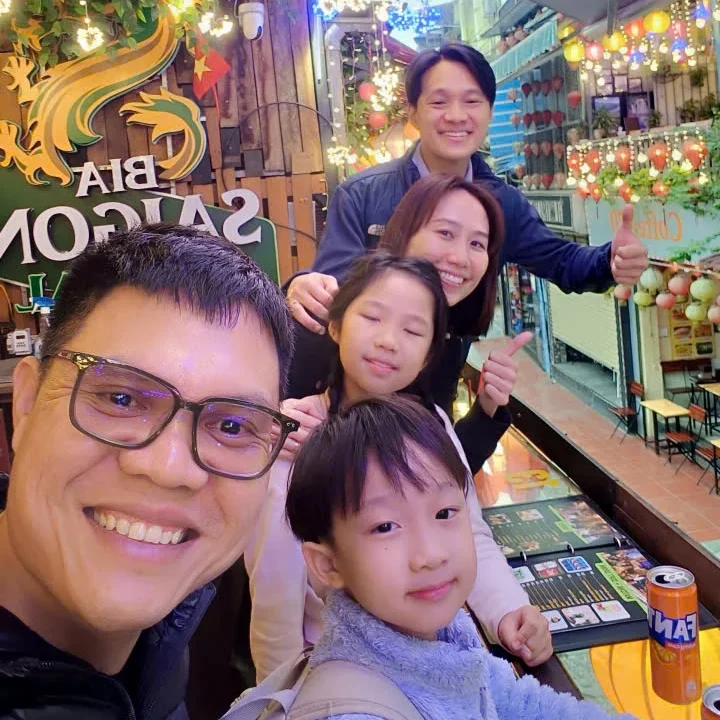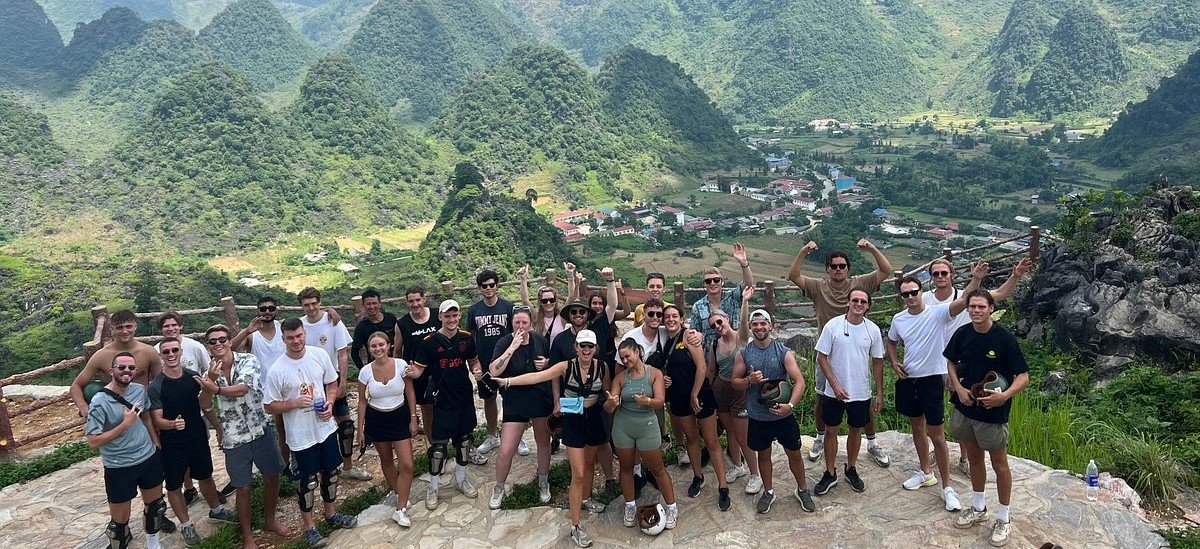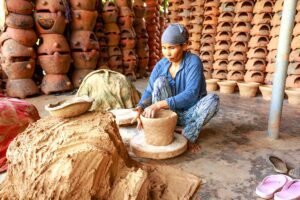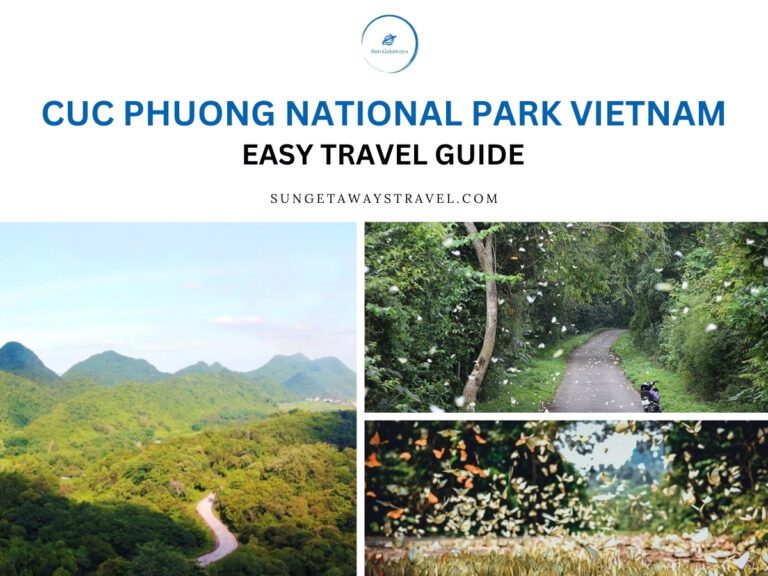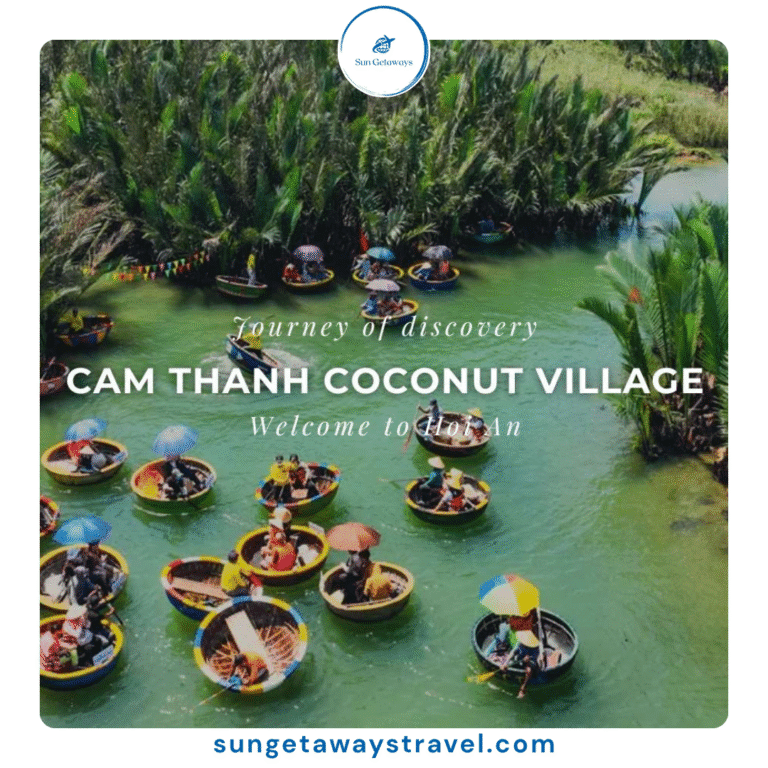Vietnam tours for US Veterans: Resources, Tours & Historical Sites
 ngocdiem
ngocdiem For many U.S. veterans, a return to Vietnam is a meaningful journey — one of reflection, healing, and discovery. Once marked by conflict, the country has grown into a peaceful, welcoming destination. Vietnam tours for US veterans offer more than sightseeing; they provide opportunities to honor the past, connect with local culture, and find closure.
1. Why Vietnam Is a Meaningful Destination for US Veterans
For many Vietnam tours for US veterans, returning to Vietnam is not just a trip — it’s a deeply emotional experience. The landscapes, once tied to conflict, now offer space for healing and reflection. Walking through familiar places with new eyes allows veterans to process memories and find personal closure. It’s a journey that many describe as transformative — one that reconnects them with the past while offering a peaceful present.


Today’s Vietnam is a far cry from the country seen during wartime. The cities are thriving, the countryside is serene, and the people are forward-looking. From Hanoi to Ho Chi Minh City, visitors will find a safe, modern, and open nation that has moved beyond its past while honoring it respectfully.
One of the most powerful aspects of traveling to Vietnam now is the genuine hospitality shown by its people. American veterans are often met with kindness, curiosity, and compassion. Conversations with locals, especially younger generations, can be uplifting — a sign of how far the two nations have come. For many veterans, these moments of connection are what make Vietnam tours for US veterans so uniquely meaningful.
👉 Explore: Vietnam North to South UK: Complete Travel Guide
2. Must-Visit Vietnam War Historical Sites
Start your journey in Ho Chi Minh City at the War Remnants Museum, where powerful exhibits portray the human side of the conflict. Photos, artifacts, and personal stories provide a sobering yet essential perspective on the war and its long-term impact.
Next, explore the Cu Chi Tunnels, a vast underground network used by the Viet Cong. Walking through these narrow passageways offers firsthand insight into the resilience and strategies of Vietnamese soldiers.


In central Vietnam, the Quang Tri Citadel and nearby DMZ (17th Parallel) stand as symbols of intense battles and division. Veterans often find these places particularly moving, as many served in this heavily contested area. The Ho Chi Minh Trail, which supplied the North Vietnamese forces, winds through dense jungle terrain — now accessible via guided tours.
Further west, the Khe Sanh Combat Base remains a key site for reflection. Once the scene of one of the war’s fiercest battles, it is now quiet and surrounded by green hills, offering a moment of peace in contrast to its past.
👉 Explore: Vietnam War Sites Americans: A Journey of Remembrance and Reconciliation
3. Travel Tips & Resources for US Veterans
Planning a trip to Vietnam tours for US veterans requires thoughtful preparation, especially for U.S. veterans looking to connect with their past while traveling safely and comfortably. Whether this is your first visit or you’re returning after many years, these travel tips will help ensure a smooth journey.
3.1. Visa Requirements and Helpful Paperwork
For Vietnam tours for US veterans, securing a visa is a key step. U.S. citizens typically need a visa to enter Vietnam, but there are options for obtaining one, including online e-visa applications or applying through the Vietnamese embassy. It’s important to check the most current requirements based on your travel dates. We recommend arranging your visa well in advance to avoid last-minute complications.
👉 Explore: Comprehensive Guide: Vietnam Visas for US Citizens
3.2. Travel Insurance, Medical Support, and Health Considerations
When traveling abroad, especially to places with a significant emotional impact, having proper travel insurance is essential. It ensures that you’re covered for unexpected situations, such as medical emergencies. Vietnam has well-equipped hospitals, particularly in major cities like Hanoi and Ho Chi Minh City, but it’s always wise to bring any necessary medications with you. Check with your doctor before traveling, and ensure you’re up-to-date on vaccinations and health advice for the region.


👉 Explore: Vietnam for Australians: Your Ultimate Travel Guide
3.3 U.S. Veteran Organization Assistance
There are several resources available to U.S. veterans when planning their trip. Veteran organizations like the U.S. Department of Veterans Affairs (VA) and The American Legion provide guidance and support. These organizations may also offer travel grants, recommendations for veterans-specific services in Vietnam, and connection opportunities with other veterans who have made similar journeys.
👉 Explore: Paying for Healthcare Vietnam: Payment Options for Tourists
3.4 Recommended Times to Visit and What to Prepare For
The best time to visit Vietnam is during the dry season, typically from November to April. This period ensures pleasant weather for exploring historical sites and participating in outdoor activities. Be prepared for a range of temperatures, particularly in the northern highlands, where it can get cooler in the winter months. Comfortable shoes and lightweight clothing are recommended, but if visiting war sites, it’s best to bring clothing appropriate for walking through tunnels and rugged terrain.
👉 Explore: Vietnam for Americans: A Comprehensive Travel Guide
4. Real Stories: Veterans Who Returned to Vietnam
Many veterans who return to Vietnam find the experience deeply personal and transformative. The chance to walk through war sites, revisit historical locations, and meet local people is often described as a way to find closure and healing.
One veteran shared, “Returning to Vietnam helped me understand the other side of the story. It was emotional, but it also brought me peace. I met so many people who were curious about my experience, and I was able to share my story with them. It was incredibly healing.”
Another U.S. veteran reflected, “I never thought I’d return to this country, but I’m so glad I did. The journey to places like the Cu Chi Tunnels and War Remnants Museum opened my eyes to the resilience of the Vietnamese people. It’s a completely different place now, and I felt welcomed every step of the way.”
These personal stories are common among veterans who take part in Vietnam tours for US veterans. The trip often becomes a pilgrimage, offering both emotional reflection and a deep connection to the history they were once a part of.


👉 Explore: Central Vietnam Itinerary 10 Days: Hue, Da Nang, Hoi An & More
For U.S. veterans, visiting Vietnam offers a chance to reflect on the past and reconnect with significant historical sites like the Cu Chi Tunnels and War Remnants Museum. These visits provide emotional and personal healing, allowing veterans to process their experiences while honoring the past.
With Sun Getaways Travel, you’ll enjoy a carefully crafted, respectful journey through Vietnam’s history and modern vibrance. Experience the country’s beauty and culture while reconnecting with your past in a meaningful way. Plan your trip with us for a seamless and unforgettable experience.
Ask a question
Leave a Comment (0)
No questions yet. Be the first to ask a question!

